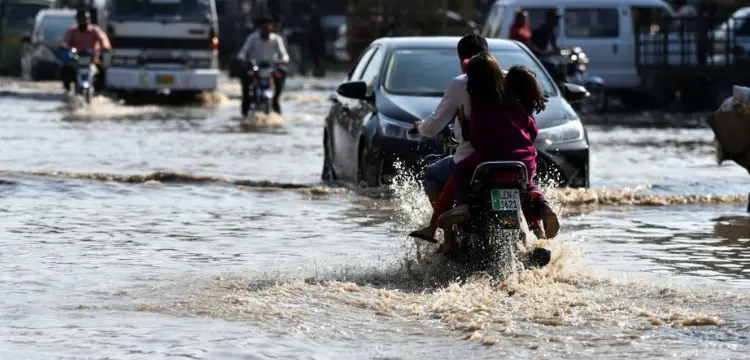The monsoon season has officially begun in Punjab, heralded by predictions from the Provincial Disaster Management Authority (PDMA) of a 30% increase in rainfall compared to previous years. According to PDMA spokespersons, the forecast for July outlines varying levels of rainfall across the region. The first week anticipates rainfall ranging from 15 to 50mm, followed by 25 to 35mm in the second week. Moving into the third week, up to 25mm of rain is expected in upper and southern Punjab, with the heaviest downpours projected for the fourth week, ranging from 50 to 70mm.
With these forecasts, the PDMA has issued warnings about potential flash floods in hill torrents and urban flooding, particularly in southern Punjab. The heightened precipitation increases the risk of these natural disasters, prompting authorities to urge expedited cleaning of rivers and drainage systems to mitigate potential impacts. Timely preparation is crucial to safeguarding residents and minimizing the risks associated with heavy rains.
Read More: NDMA warns of heavy rain and potential flooding across Pakistan in July
In recent developments, Lahore experienced heavy rainfall on Monday morning, significantly cooling down the city’s temperatures. Areas such as Gulberg, Jail Road, Lawrence Road, Begum Road, and Anarkali saw substantial rainfall, with reports indicating up to 105mm at Lakshmi Chowk and 102mm around Qurtaba Chowk. Other notable measurements include 61mm in Gulshan-e-Ravi, 72mm in Pani Wala Talab area, and 73mm in Gulberg, according to reports from WASA.
The intense rainfall led to significant water accumulation in low-lying areas like Liberty Chowk, Qaddafi Stadium, Hussain Chowk, Garden Town, Wahdat Road, and MM Alam Road. These weather conditions underscore the importance of effective drainage systems and preparedness for managing urban flooding during the monsoon season in Lahore and other parts of Punjab.











